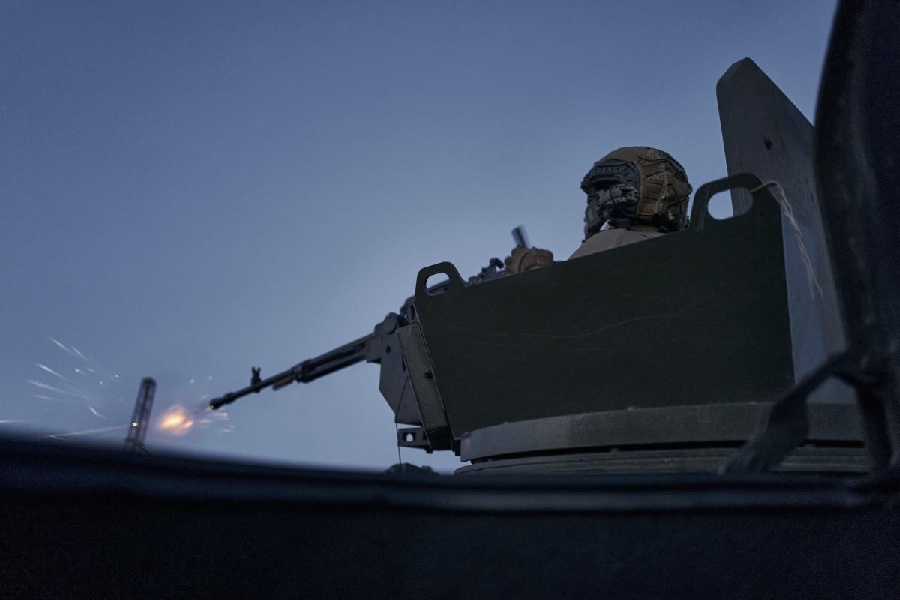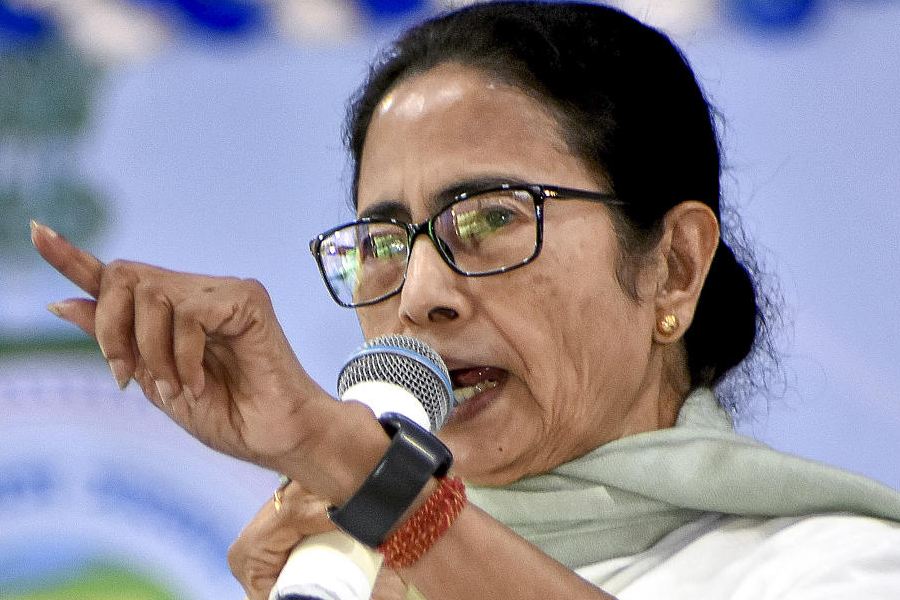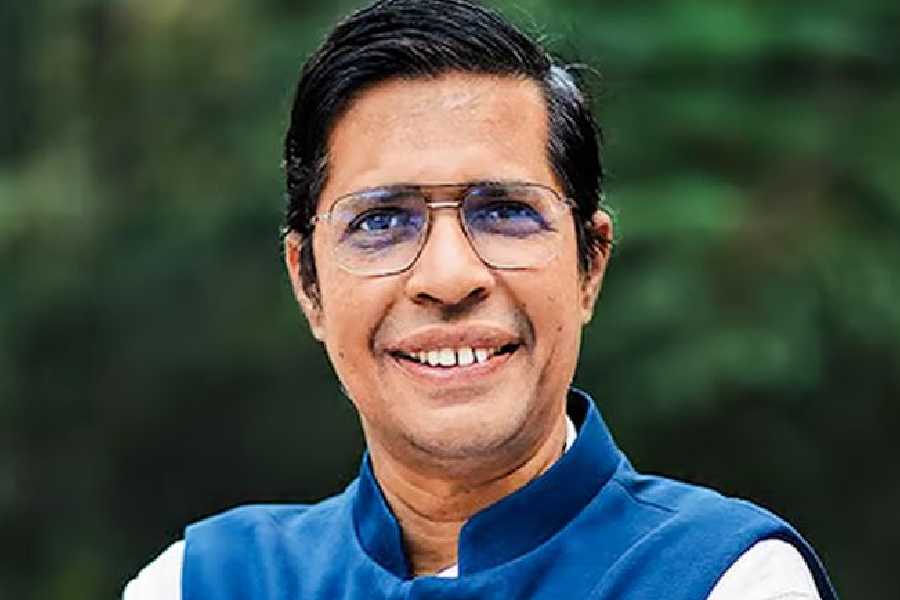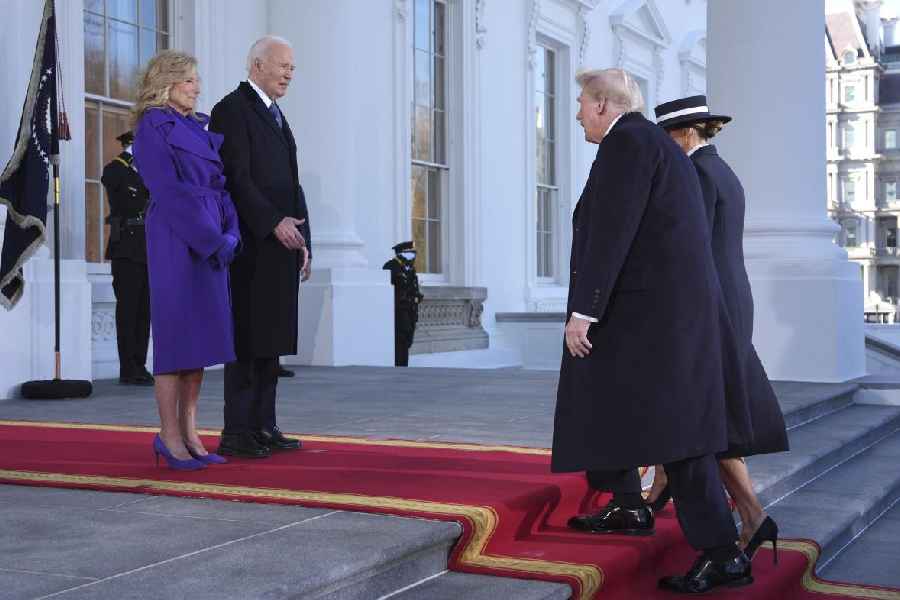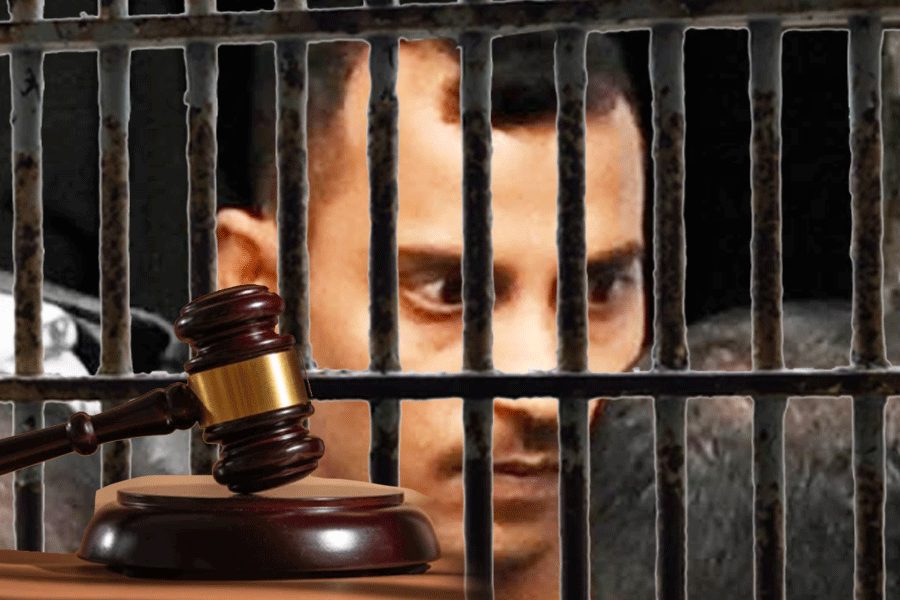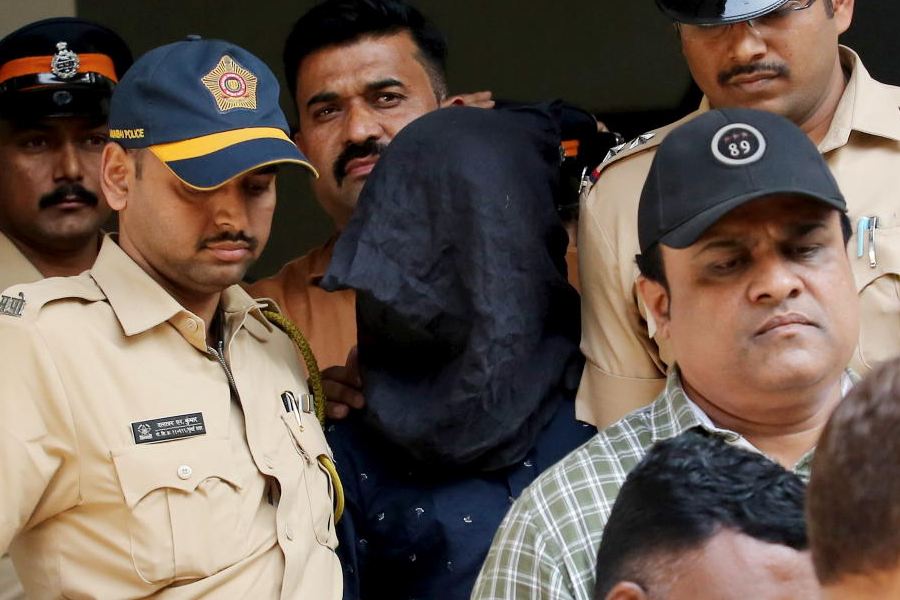In a war of tanks, there’s World of Tanks.
Somewhere along the several hundred miles of front line in Ukraine, a Ukrainian soldier is probably playing World of Tanks — the video game. A war hero recently admitted to gaming although he had to open a new account when he lost his login information. During training in June, border guards outside Bakhmut, where one of the war’s bloodiest battles was fought, were found playing. And a tank crew seen grabbing a quick lunch last year had slapped a World of Tanks logo on the hull of its T-80 main battle tank.
“I’m playing from time to time when I have a bit of free time,” said Lt Nazar Vernyhora, who last year gained public attention for his command of a real tank that destroyed armoured personnel carriers and damaged a Russian tank during a battle outside of Kyiv.
Starlink satellite Internet is prevalent on Ukraine’s battlefields, and soldiers have smartphones. The draw of mobile video games is obvious. War is often marked by long stretches of boredom, so why turn to the enduring favourite pastime of soldiers — throwing small rocks at bigger rocks — when there’s World of Tanks?
The urge to play a violent video game in the midst of the most brutal land war in Europe since World War II may seem baffling, but it represents an important way soldiers cope with the bloodshed around them: disassociation.
But the multiplayer game — with its two teams of tanks and other killing machines destroying each other on a virtual battlefield — is an eerie echo of the actual war unfolding around its uniformed player base. Ukrainian tanks, and other armoured vehicles, can sometimes find themselves locked in bloody duels that their crews are also experiencing virtually.
There are two entries in the World of Tanks universe available to players in Ukraine: World of Tanks and World of Tanks Blitz. Both require an Internet connection, but the latter is available to play on mobile devices. It is hard to state precisely how popular the game is on the Ukrainian battlefield, and broadly across Ukraine, given the different platforms for the games.
Still, in visits across Ukraine’s front lines by The New York Times, the game was often seen and talked about. Discussions with Ukrainian soldiers about their World of Tanks hobby yielded various explanations for the game’s draw.
The soldiers in one drone unit, though, outside the embattled eastern town of Siversk, Ukraine, recoiled at the idea of playing such a violent game given the circumstances.
“Why would we play World of Tanks when it’s right here?” one soldier asked, referring to the real war. Instead, they play FIFA, another soldier added, a nod to a popular soccer video game.
Many Ukrainian soldiers seem to feel differently. During a recent visit to his frontline position, Anton, a commander of a Ukrainian tank company entrenched outside the embattled city of Avdiivka, showed footage of a recent battle on his computer. His favourite clip was of a Russian tank getting destroyed, its hull bursting into flames and the turret ejecting into the air.
When he minimised the video, there on the corner of his screen was the programme icon for World of Tanks. “I love World of Tanks,” he said with a shrug.
Sgt Silver, a Ukrainian soldier in an artillery unit near the eastern town of Siversk who, like most, goes by his call sign or first name for safety reasons, knew of the game’s popularity among the ranks. But he figured it was a pastime that started for many before the war and had simply carried over.
“On the other hand, it is kind of an addiction,” he said.
Wargaming Group, the company that created World of Tanks, has half of its servers supporting its Russian region, with the rest spread in the US, Europe, Australia and China. The top two highest-earning World of Tanks players in the e-sports competition from 2011 to 2021 were Kirill Ponomarev, a Russian, and Dmytro Frishman, a Ukrainian. The two men were once on the same World of Tanks e-sports team.
New York Times News Service

